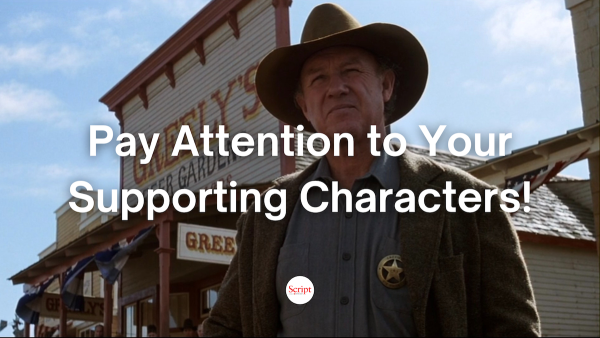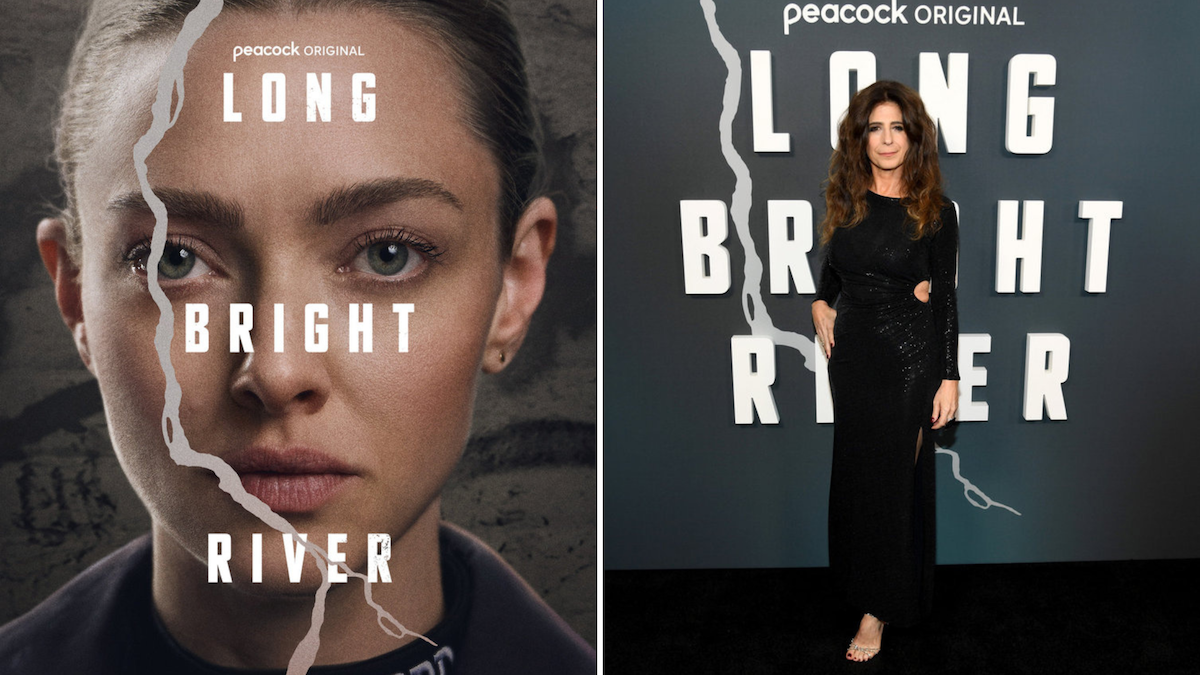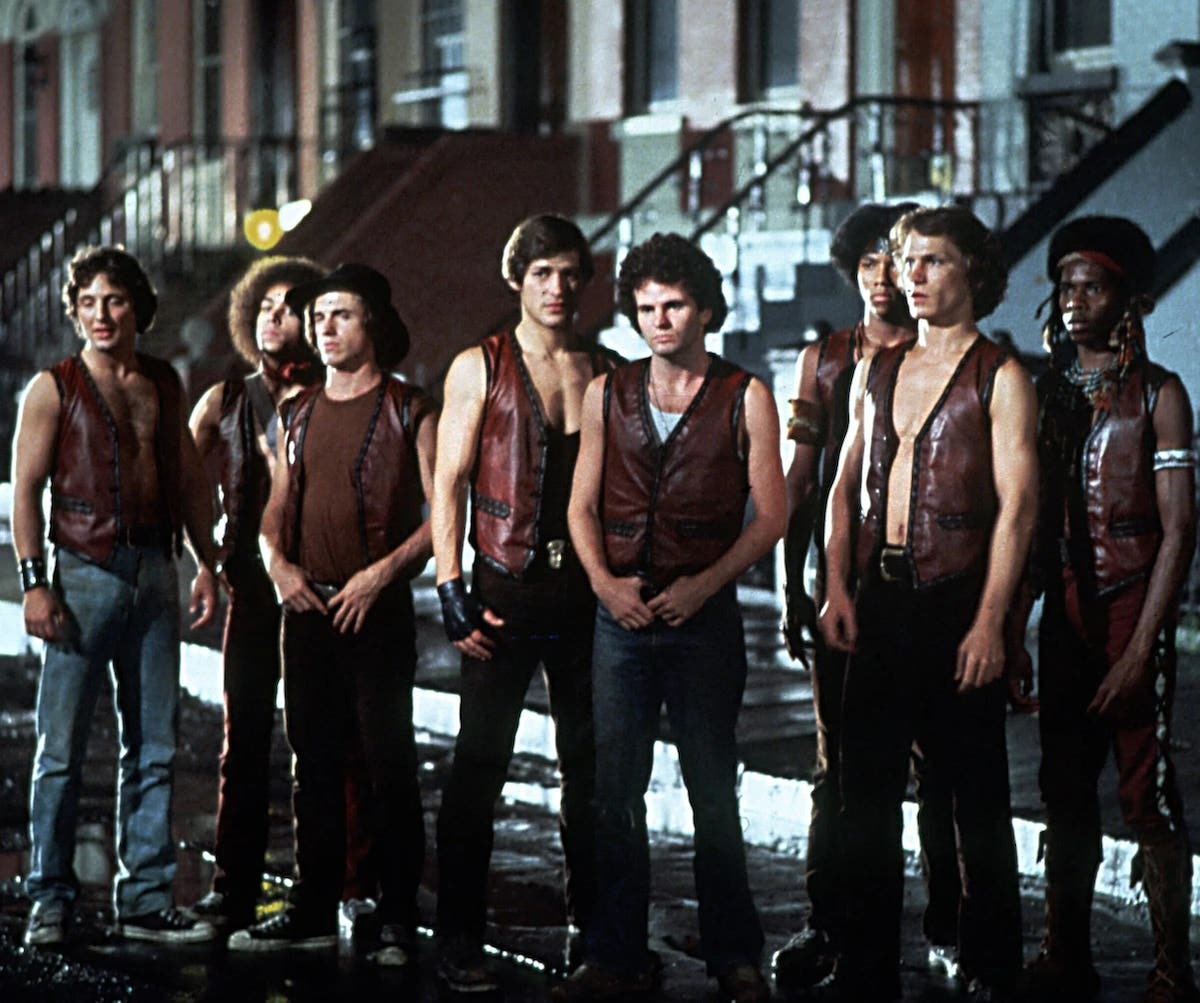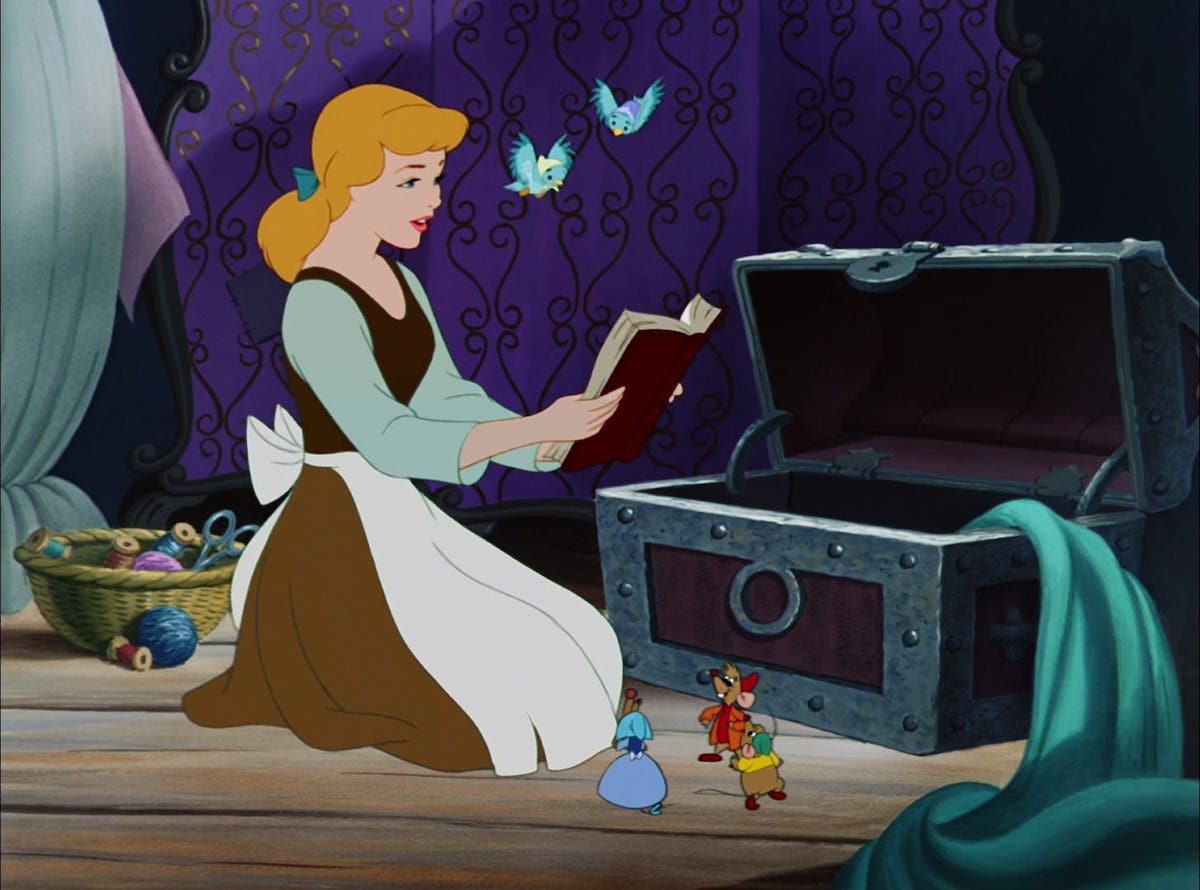BREAKING IN: Following “The Five Minute Rule”
Are you a writer who hoards information in your scripts– the way some people save those silver wrappings from chewing gum? If so, you need to follow “The Five Minute Rule”!
Staton Rabin is a screenplay marketing consultant, script analyst, and "pitch coach" for screenwriters at all levels of experience. Staton is available for script reading/analysis and consultations and can be reached at Cutebunion@aol.com. Follow Staton on Twitter @StatonRabin.
We've all seen plenty of great movies that keep secrets from the audience that are revealed later in the story. And there are plenty of classic movies that surprise us with a jaw-dropping “plot reveal” in the end. But is this something you should emulate in your own scripts? To quote the late, great Amy Winehouse: “I say, ‘No, No, No!’”
In a screenplay, your goal is not to be “mysterious” or keep secrets, but to get all the necessary facts about your story out there as quickly and clearly and efficiently as possible. Yes, I know this may go against much of what you think you know about screenwriting. But in movies, "Clarity is king." You don’t write a mystery by being “mysterious.” You don’t generate suspense by leaving your audience confused.
So, here’s the real secret to generating suspense in your story: From the very beginning of your script, your audience should not be uncertain of the basicfacts and circumstances of your story and the identity of the main character. We should also know exactly what the hero wants. It’s only the outcome for the hero that should be uncertain.
From the start of your script, we need to know who your hero is, what his central dilemma is, and what’s standing in the way of his achieving his goal. The reader (or the film audience) must know exactly what is going on during every minute of your movie. And, no cheating! You don’t get to “explain” stuff that isn’t going to be heard or seen on the movie screen by putting exposition in “notes to the reader” in the action lines of your script.
THE “BIG REVEAL”?
But what if your script is a mystery or detective thriller? Or maybe a movie like The Sixth Sense, which has a surprise ending? Isn’t it essential in stories like that to hold back key plot information till the end? Yes. But, generally speaking, movies like that hold back only one piece of crucial information-- not ten things at once. If the writer is holding back more than one “mystery” in a story, then he usually answers these questions one at a time, solving one of these mysteries before proceeding to the next question that needs to be solved. And the film audience or script reader is never confused about what’s happening in the story at any given time, who the main character of the movie is, and what he wants.
THE FIVE MINUTE RULE
In order to write a successful script, you have to anticipate how a film audience will feel when they are watching your movie. When any movie fades in at the very beginning, the audience will have a multitude of questions. Where am I, and when? Who is that person I’m seeing up there on the screen (besides being George Clooney or Brad Pitt in real life)? Who is the main character in this movie and who am I rooting for? What does he want? What’s his problem? Where’s the bad guy? What’s this movie going to be about?
Audiences will tolerate-- and even enjoy-- this sense of disorientation for a brief period of time, and will anticipate getting answers. A film audience will be able to stand “not knowing” such basic information as where we are and what's going on, for a maximum of about five minutes (which translates to about five script pages). I call this my “Five Minute Rule.” This does not mean, by the way, that you should try to withhold this information for five minutes. It means that your goal, from the opening frame of your movie, is to start filling us in on what’s going on as fast as you possibly can-- in five minutes or less.
Of course, it’s always better to do this visually, if possible, rather than through heaping a load of exposition on us. And it’s always best not to introduce us to too many characters all at once. But you want to answer the important basic questions about where we are, who this story is going to be about, and what his or her basic dilemma is, as fast as humanly possible.
In Citizen Kane, the whole movie hinged on the mystery of why Kane’s dying word was "Rosebud." We didn’t find out the answer to that till near the end, after watching Kane’s whole life story unfold in flashbacks. Audiences will wait to find out the answer to one question that is raised by your story early on. They will be willing to wait to find out “whodunit”, or whether the characters will really find the Holy Grail, or what “Rosebud” means. But they are not going to wait long to find out who the star of your movie is and what he wants. They are not going to wait long to find out what your story is going to be about, and what the main obstacle for the hero is going to be.
The five minute rule is flexible, like any “rule” when it comes to screenwriting. But it’s the principle of the thing that counts. Your goal as a writer is not to be “mysterious” or keep your audience in the dark. Your goal is to keep your audience informed at all times. They can’t care about what happens in your movie, or root for the hero, unless they know what’s going on and who the hero is.
In old movies, the biggest star of the film often made a “grand entrance,” and it wasn’t always in the first scene of the movie. Clark Gable wasn’t in the first scene of Gone with the Wind. Back then, stars were contract players who were well known to audiences, and there was usually more than one big star in a movie. Audiences had more patience and enjoyed the anticipation of waiting for the biggest star in the movie to appear. A big star like Gable got to make a “grand entrance,” and the way the star looked in that first scene was crucial. Watch the way he’s first introduced, and the first time he speaks, in Gone with the Wind.
Nowadays, though, it’s less common than it used to be for the star to show up for the first time later than the first or second scene of the movie. Stars are no longer contract players, and don’t “have” to take a role in any movie. If their character doesn’t appear within the first few pages of your screenplay, some actors will start wondering if their role in the movie is big enough. By scene two of your movie, we should know who the star of your movie is going to be. That’s not an inflexible rule, but it’s something to aim for.
And, frankly, the reason many scripts I read don’t introduce the “star” role by page five is that the writer didn’t plan his story well enough before starting to write. He didn’t take the time to edit out anything irrelevant. In any movie, if the protagonist is not in every scene of the film, there needs to be a good reason why not. This is not just for “commercial” reasons, but for “story” reasons.
Audiences need a perspective from which to experience the emotions of the story, and they need a rooting interest in the hero. When watching a movie, we unconsciously identify with the hero and we “become” him. That’s one reason why it’s so important that we know what’s going on in your movie and who the star is as quickly as possible.
Here are five other rules that will help you maintain clarity in your scripts:
1) Don’t mention any character’s name in dialogue if we haven’t actually met him yet in the movie-- unless we meet him seconds later or in the very next scene. Nothing confuses an audience more than hearing a bunch of names and not being able to put faces to them.
2) Remember that in fantasy films, movies set in past or the future, films with settings that are foreign to American audiences, or sci-fi movies, it’s even more important than usual to be as clear as possible in your dialogue and storytelling. In movies like this, we are entering a “new world,” with different rules. Sometimes, we’re even dealing with planets other than our own. The quicker we understand the “rules” of this new world, the better we can follow your story and get involved with your characters.
3) The closer we are to the beginning of your movie, the more clear, simple, and direct you need to be about exactly what’s going on in your story.
4) Never write a line of dialogue that is unfinished and ends in ellipses. Characters can interrupt each other, but their thoughts should never be unfinished. I’ve rarely read a script by a novice screenwriter in which he’s made the correct assumption about whether the film audience will be able to “fill in the blanks” of what his character was “about” to say in an incomplete line of dialogue.
5) With the exception of revealing the “whodunit” in a murder mystery, if you raise questions in the minds of the audience, make sure that you answer them in that same scene or in the very next scene before moving on to the next question.
Once you’ve sold your first script, you can break every rule in this article, if you want. At least until then, you would be wise to consider following “The Five Minute Rule.”
Keep pitching. See you next month.
- More articles by Staton Rabin
- Screenwriting Rules You Can Break On Demand Webinar by Pilar Alessandra
- Breaking In: The Top l0 Lame-O Excuses For Why You Can’t Sell Your Screenplay (And How to Stop Making Them)
Tough Love Screenwriting: The Real Deal from a Twenty-Year Pro
John Jarrell has written many films and TV pilots for major studios
Warner Bros., Universal, Fox, Sony and Dreamworks!
Get John's must-read screenwriting career advice now!
Staton Rabin (www.StatonRabin.com and www.ScreenplayMuse.com) is a screenplay marketing consultant, script analyst, and "pitch coach" for screenwriters at all levels of experience. She is also an optioned screenwriter, has been a reader for Warner Bros. Pictures, New Line Cinema, William Morris, and major screenwriting contests, and was a frequent guest lecturer at NYU. Her novel Betsy and the Emperor was at one time in development as a movie with Al Pacino attached to star. Staton Rabin is available for script reading/analysis and consultations and can be reached at Cutebunion@aol.com.







